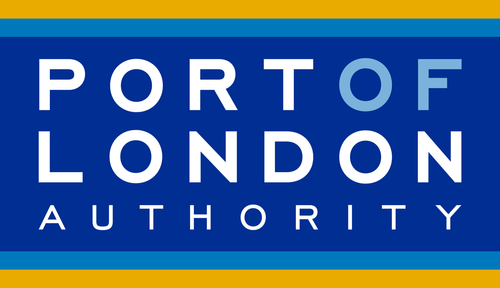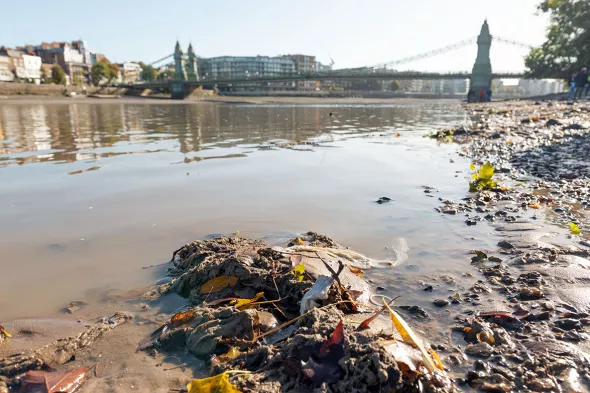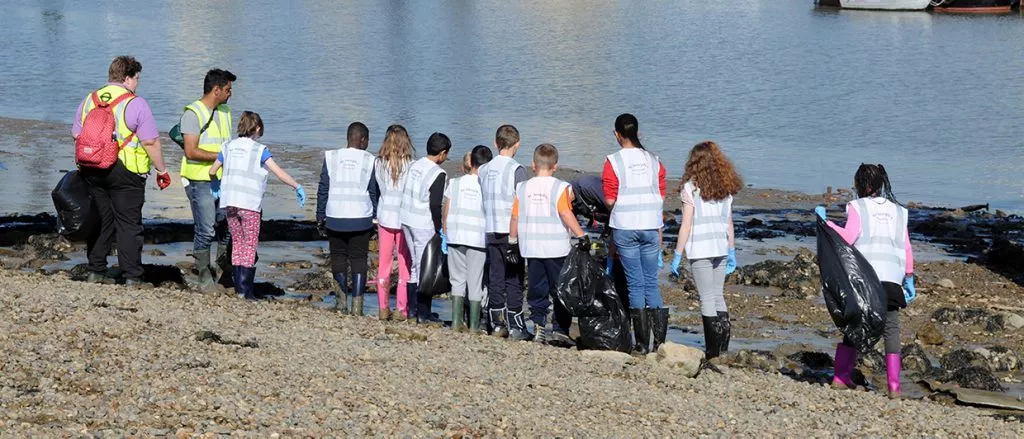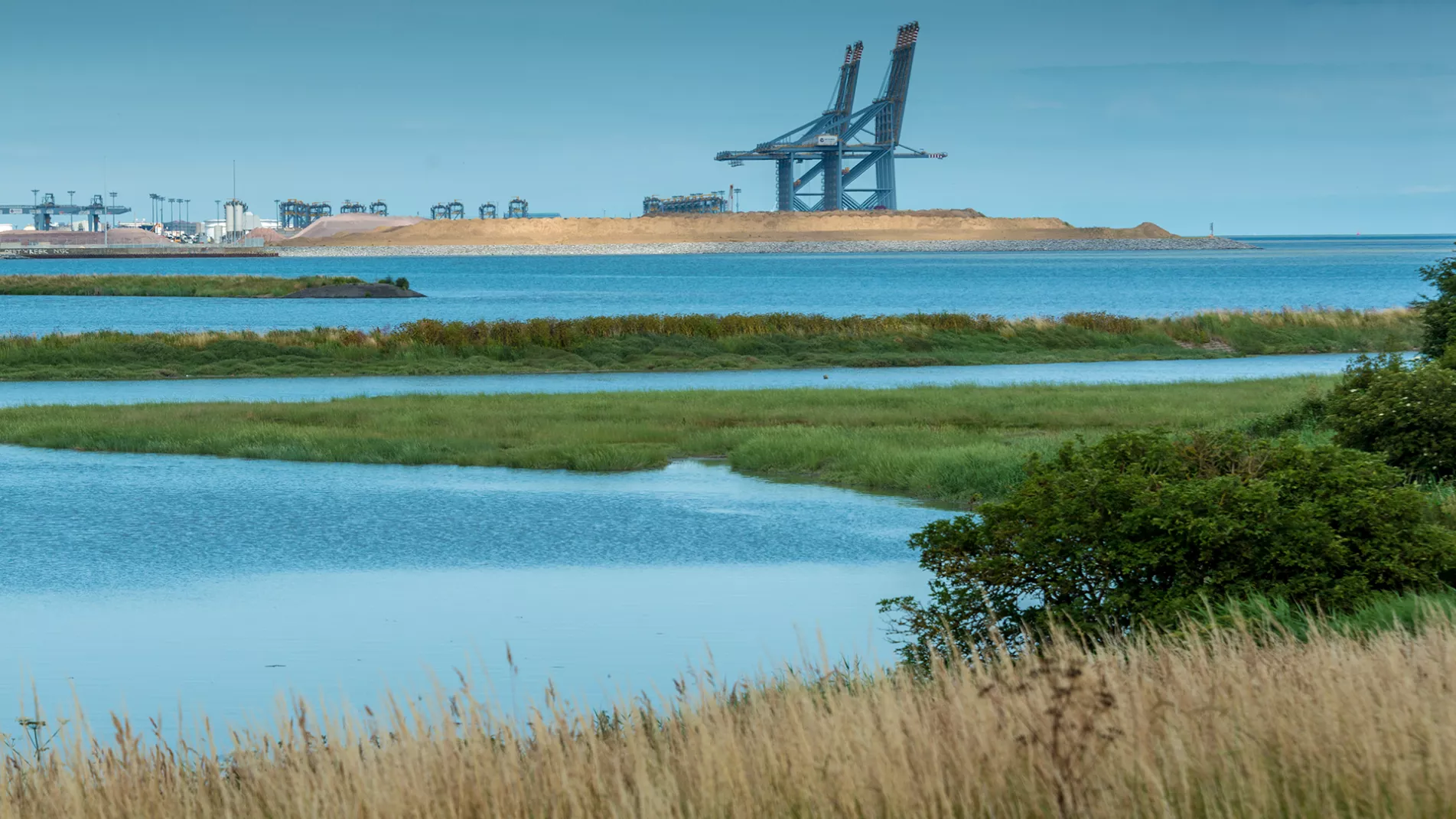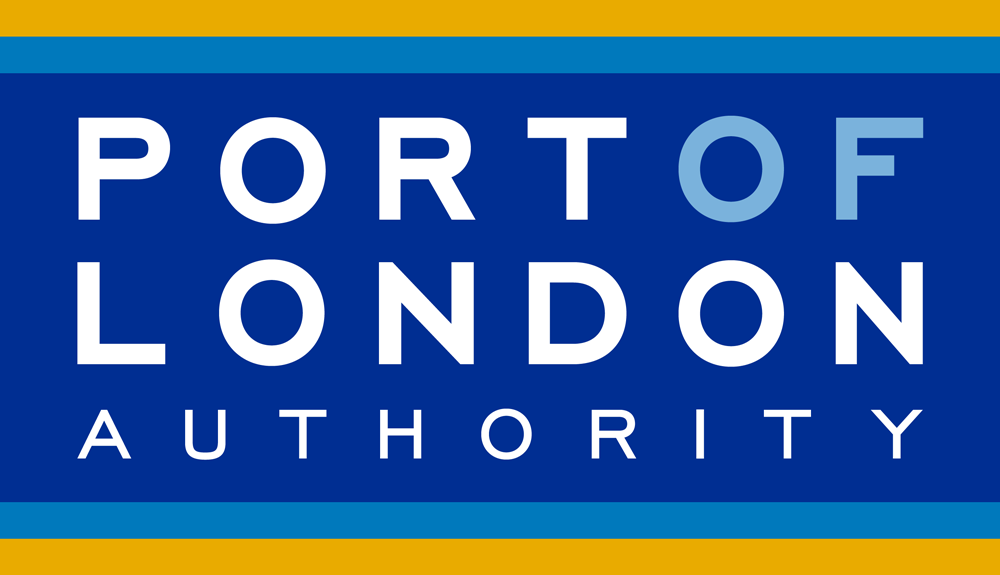Live Tides
NOTICES TO MARINERS
Charts & Surveys
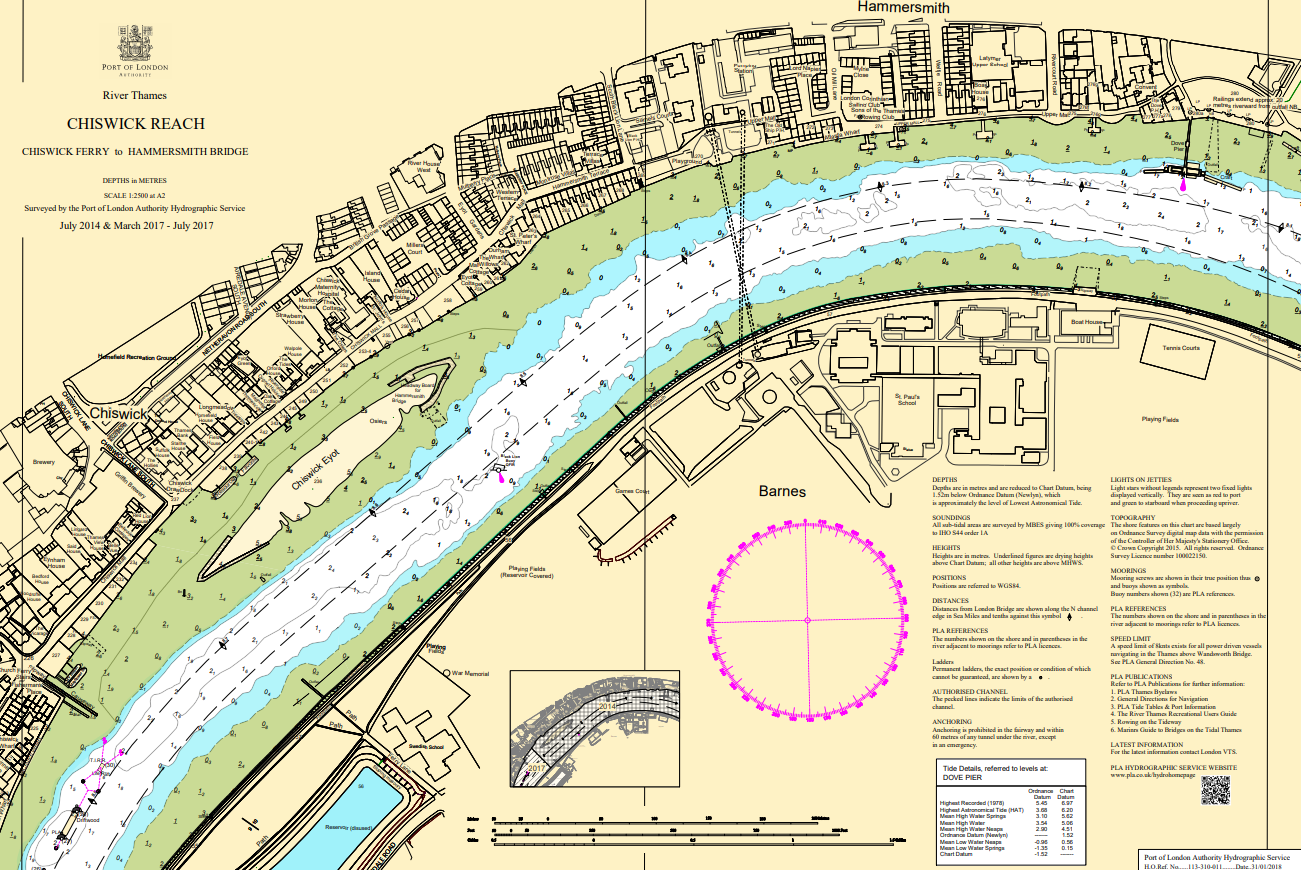
Incident reporting
Life-threatening emergencies on the river:
Call 999 and ask for the Coastguard
For near miss, safety observations and incident reporting click below
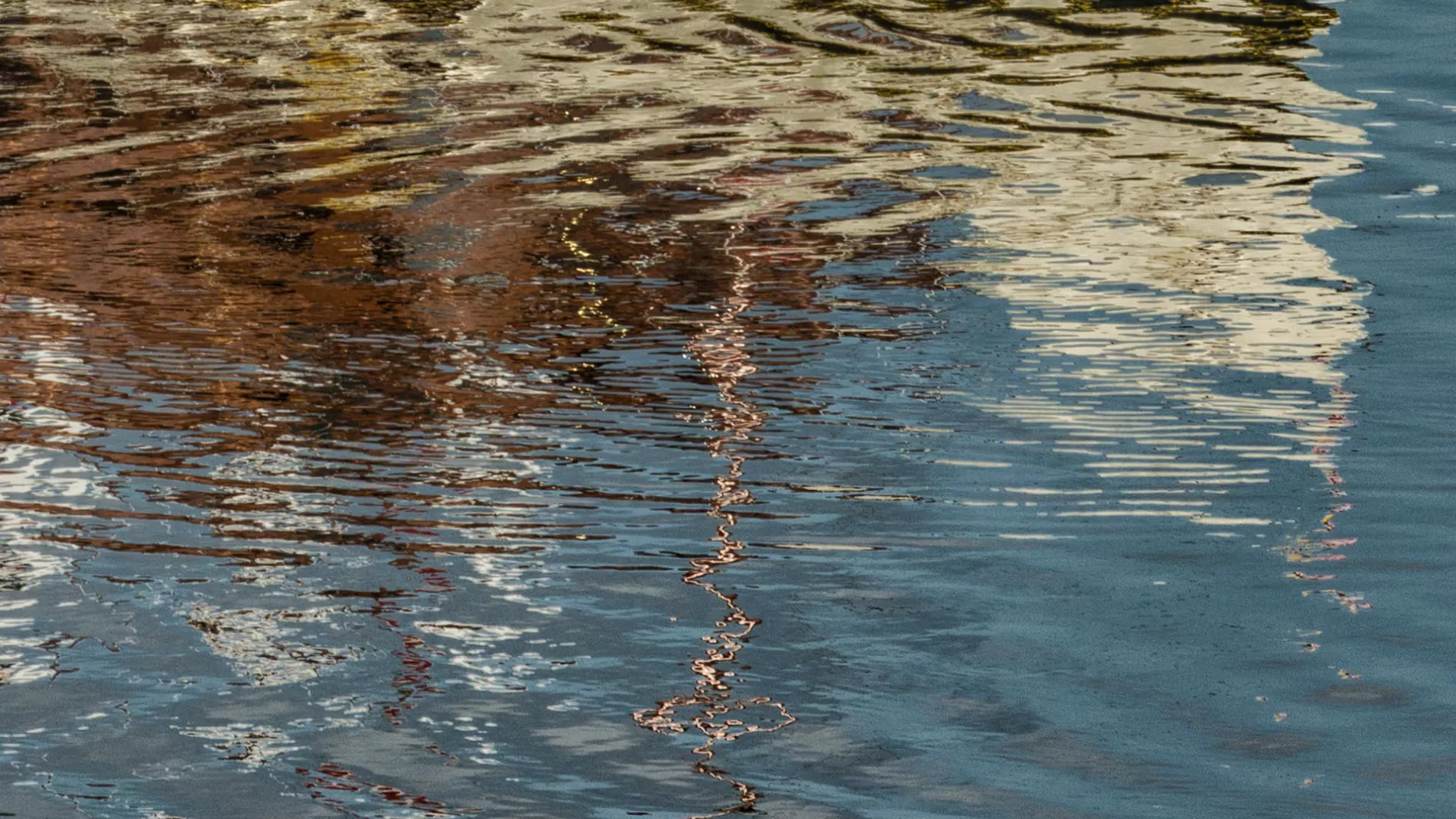
Water quality
We want the river to be the cleanest it has been since the industrial revolution
Our commitment
A clean river, free of sewage, waste and other pollution, supporting greater biodiversity and recreational use.
The tidal Thames, along with 86% of England’s rivers, is not meeting its water quality targets as set out in UK legislation. As a connected river and estuary system, the tidal Thames is a complex ecosystem where pollution flows in from many sources. We are committed to tackling this issue and we work hard together with a range of stakeholders in order to deliver positive change in the Thames.
In order to meet the challenge of pollution reduction in a complex system, we work closely with a wide variety of partners and key stakeholders to plan and deliver action for water quality.
We want to reduce pollution in all forms, whether that is run-off from agriculture or roads, or micro-plastics contamination and we are using our regulatory powers to bring about an end to sewage discharges from commercial vessels from 2024.
Pollution from storm overflows and discharges from sewage treatment works is our highest concern. We have been a strong supporter of the Thames Tideway Tunnel and have licenced its construction. However, we also expect to see water companies investing in more solutions to reduce sewage discharges. For example, investment in smart sewer technologies that manage networks more effectively and sustainable urban drainage schemes (SuDS) will provide storm overflow reductions.
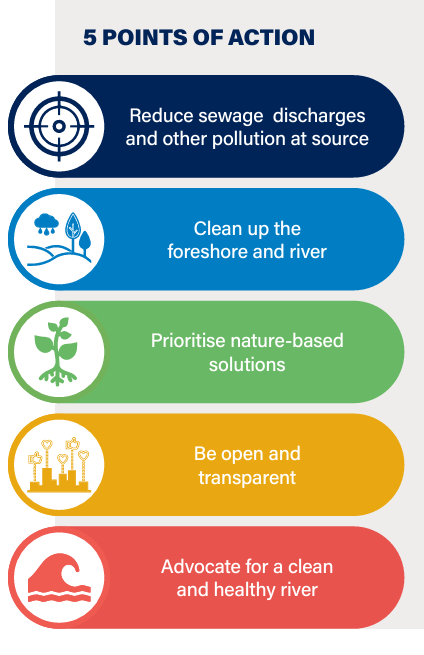
Regulatory powers
We work with partners to protect the river
Environment Agency: The Environment Agency sets and enforces water quality standards, the prevention of pollution and monitors water quality in rivers, lakes, and other waterways. It is responsible for the regulation of the environmental activities of water companies which operate in England.
Ofwat: Ofwat independently regulates the water and wastewater sector in England and Wales. Ofwat plays a critical role in driving the water sector to improve their performance for the environment, including through the price review process.
DEFRA: Defra sets strategic priorities for the water industry in England through a range of measures to protect water quality and ensure that water companies meet their obligations under environmental legislation.
Port of London Authority: The PLA is a public trust port established to manage and regulate the tidal Thames. The PLA works to protect and enhance the environment of the tidal Thames. Section 200 of the Port of London Act prohibits pollution into the Thames.
Local Authorities: Local authorities have a range of power to protect the environment, including water quality, within their areas including regulating development and planning in their area to prioritise environmental improvements and enforcing environmental legislation.

Our progress
For decades, we have operated a “driftwood service” - reflecting the most common issue in the river at the time it was created -- that removes up to 200 tonnes of debris annually from the Thames. Passive Debris Collectors (PDCs), now referred to as 'Litter Collectors', were invented by the Port of London Authority (PLA) over 20 years ago and are the principle collection method for removing rubbish and other debris from the river. Our team also recover larger items from the river such as shopping trolleys, bicycles and even occasionally cars that have been parked by the river and floated in on a rising tide.
In 2014 the PLA convened the Thames Litter Forum. The forum was created with a range of organisations, including NGOs, local authorities and community groups to co-ordinate approaches to tackle litter in the Thames.
Launched in 2015, the PLA’s Cleaner Thames campaign was created to stop the tide of rubbish that ends up in the River Thames. The campaign aimed at encouraging Londoners to ‘do the right thing’ and make sure their rubbish goes in the bin, not in the river. This campaign was supported by several partners including leading environmental charities, research centres and infrastructure providers such as Royal Holloway University, London Wildlife Trust, Thames21 and Marine Conservation Society.
In 2018, the Thames Litter Strategy was published by the PLA, as part of the Thames Vision, with the Litter Forum. The Strategy set out the context for future action on litter in the Thames and outlined the types of actions that the Thames Litter Forum would work towards over the following five years.
In 2023, through the Clean Thames Manifesto, Thames Water, Southern Water and Anglian Water have committed to work towards reductions in sewage and storm water discharges in the Thames faster than planned. We have asked the water companies to meet the targets set out in the Storm Overflows Discharge Reduction Plan on the tidal Thames at least ten years ahead of the DEFRA targets. This is a major step in the right direction, and we are pleased to be working closely with the water companies and their regulators to go faster and further for the Thames.
In 2024, as part of our ongoing dedication as a Trust Port to preserve the tidal Thames the PLA, in collaboration with our partners, is launching the Clean Thames Plan to address all forms of pollution impacting the river.
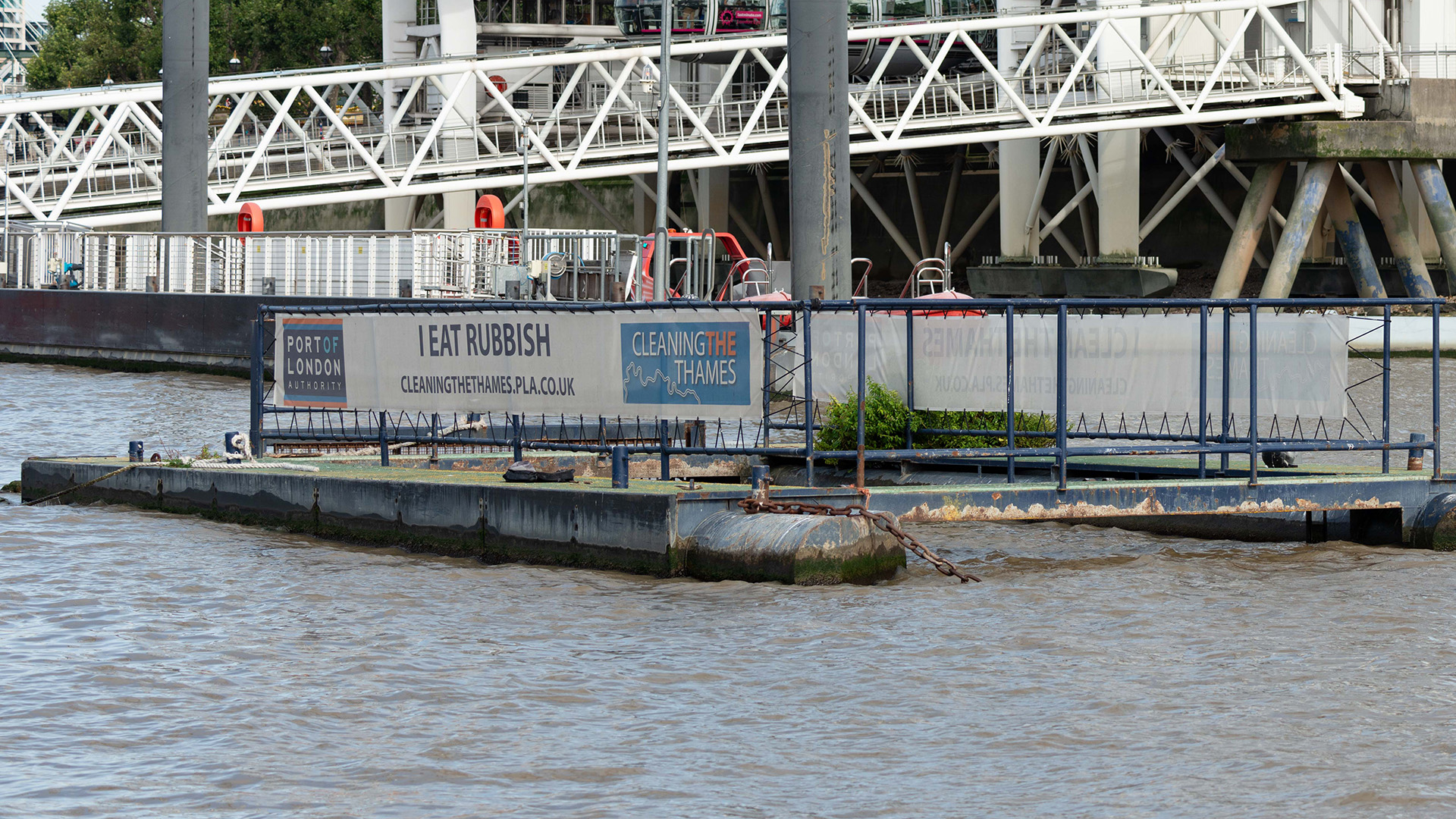

Discover

